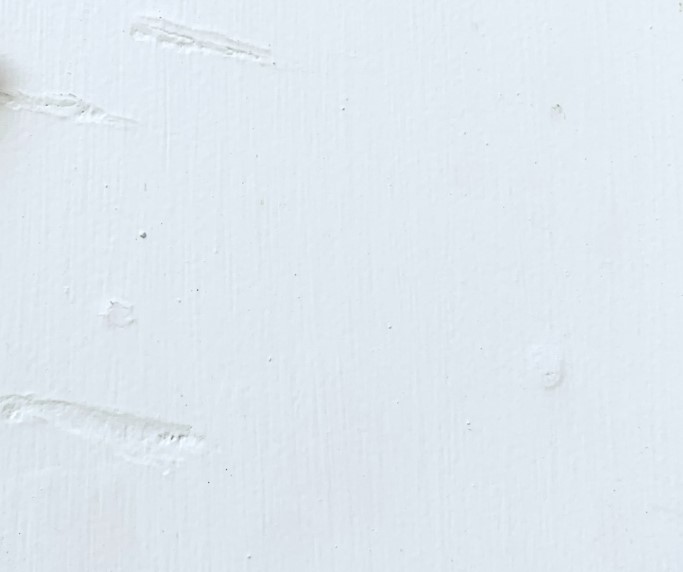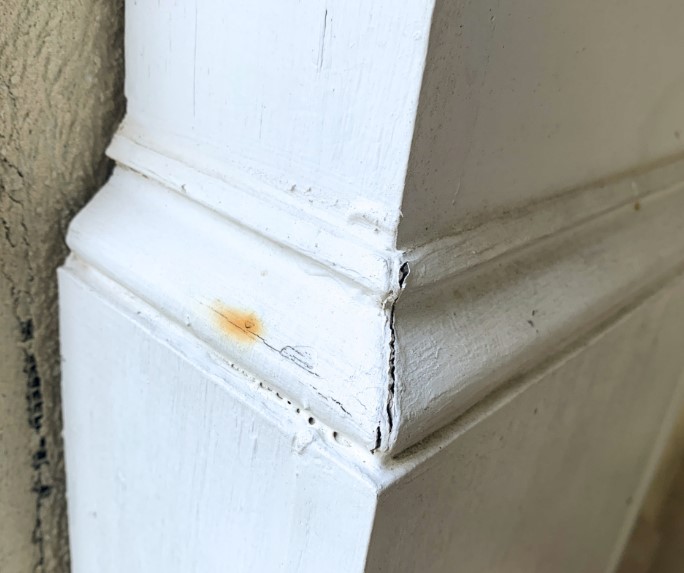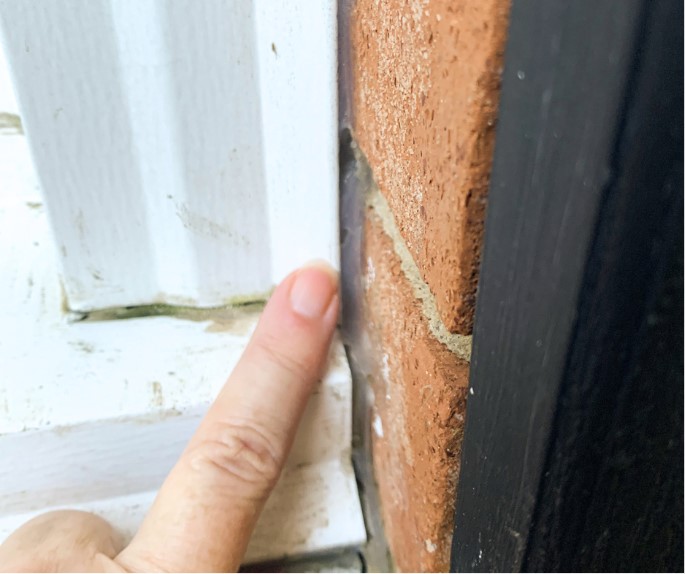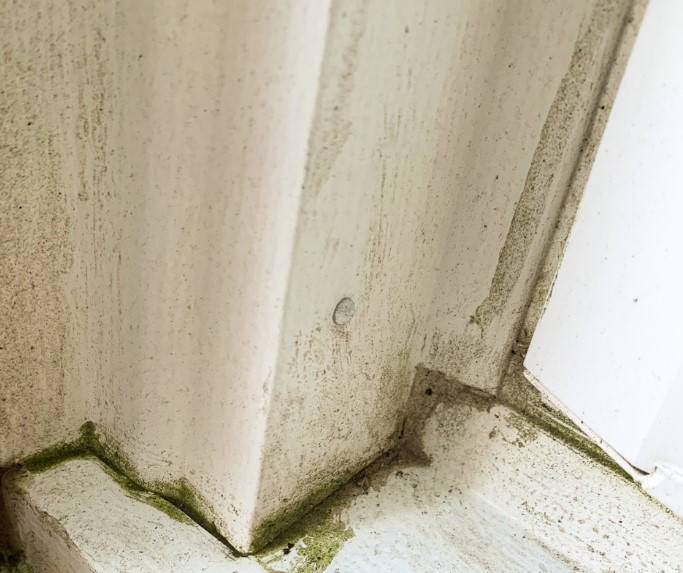
Is it Wood or is it Vinyl?
Posted on September 30, 2022
Whether you’re a new homeowner, an owner of a new home, or have lived happily in your forever home forever, you may not be entirely sure about some of your home’s materials. Many materials are designed to blend in and look like wood, but before you paint, it’s important to know what your material is. Vinyl and Metal for example can be maintenance-free, while painted surfaces need regular maintenance.
Wood vs Vinyl
Solid vinyl is meant to mimic the look and density of wood but takes much less maintenance. As a result, it can be hard to tell the difference between the two materials. While vinyl will try to emulate the appearance of wood grain, it tries to avoid the natural imperfections that come with organic material. Wood can sometimes feature millwork imperfections from manufacturing, little divots from hard bumps, scrapes, and other minor blemishes. Wood’s main weakness is potential wood rot and/or dry rot. Therefore it needs special attention to seal it up. Wood can retain water which promotes rotting, and low areas with splash-up need more frequent attention.

Aside from seeking out imperfections, you can knock on the surface or tap on it with your fingernails. Find a wood cutting board, plank, or another thick wooden object to compare. Vinyl will sound lighter, higher pitched, and almost plastic or hollow.

Wood and Vinyl Maintenance
Despite the differences, you can actually take care of your wood and solid vinyl materials in similar ways. Both are paintable and should be caulked where they meet other surfaces. In fact, we recommend painting vinyl to prevent sun damage. The only real difference is that your organic wood material is going to shrink, crack, and eventually rot. Vinyl will not.

What if it’s Neither?
If you’re testing and you don’t think it’s wood OR solid vinyl, it might be metal. It will sound tinny if you tap it with your fingernails. You can also identify metal by its flange that flares out to cover where it meets another surface. Around windows and doors, metal casing over wood is common in our area. In seams and corners, you’ll also frequently see the clear silicone caulk turning dark as it tends to create a perfect home for mildew.

How to Maintain Metal Casing
We recommend replacing the clear silicone caulk with paintable caulk and painting your entire metal-cased surface. However, if you paint this maintenance-free surface, you must maintain your paint on a regular basis. The other option is to just live with the dark corners.
– metal casing over wood … clear silicone caulk in all the joints which turn dark in the south. Because there’s a nice shallow area against the brick. OR you can use paintable silicone caulk and paint the window. Now you have to continue to paint it.

And finally, vinyl siding and vinyl soffits (the area up top, by the roof) are very common, and you can identify these surfaces, again, by tapping on them. Vinyl is flexible. Wood is not. Knock on vinyl and it sounds like it is ⅛” thick plastic. And, yes, you CAN paint vinyl siding and vinyl soffits. But that’s a discussion for another day. Until you have a good reason to paint your vinyl siding, such as a color change, let it be. “Maintenance-free” ease of ownership is a lovely reason to not paint your vinyl siding.






